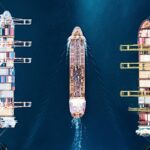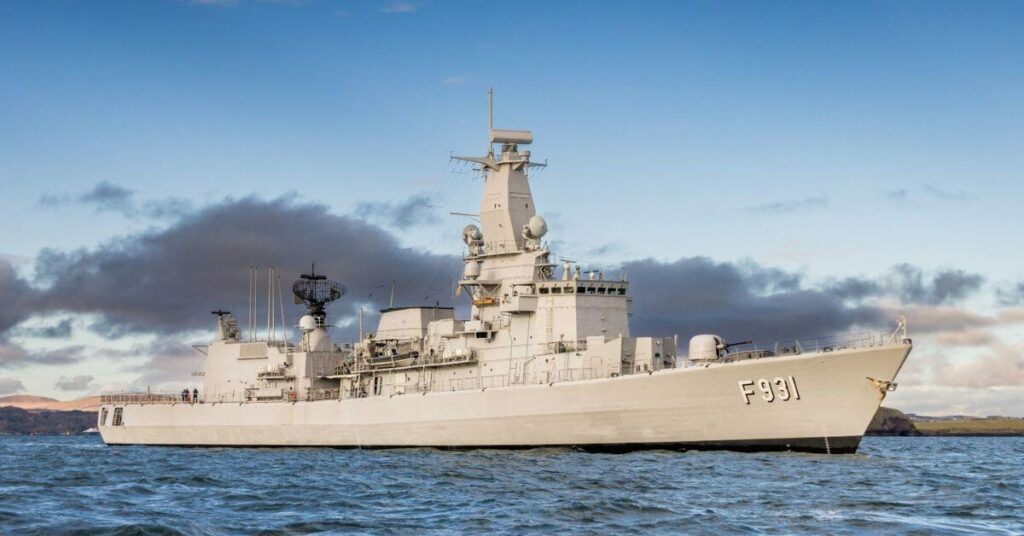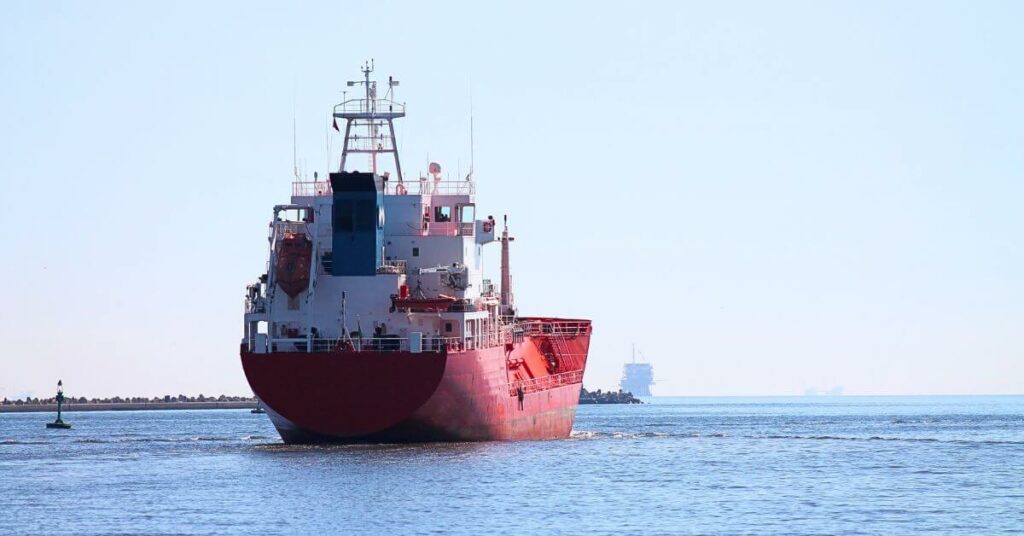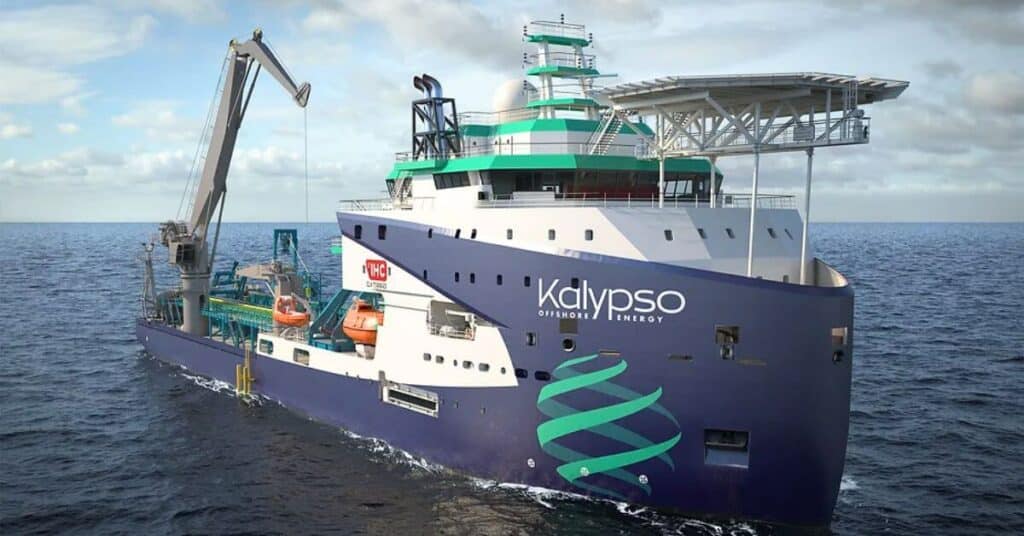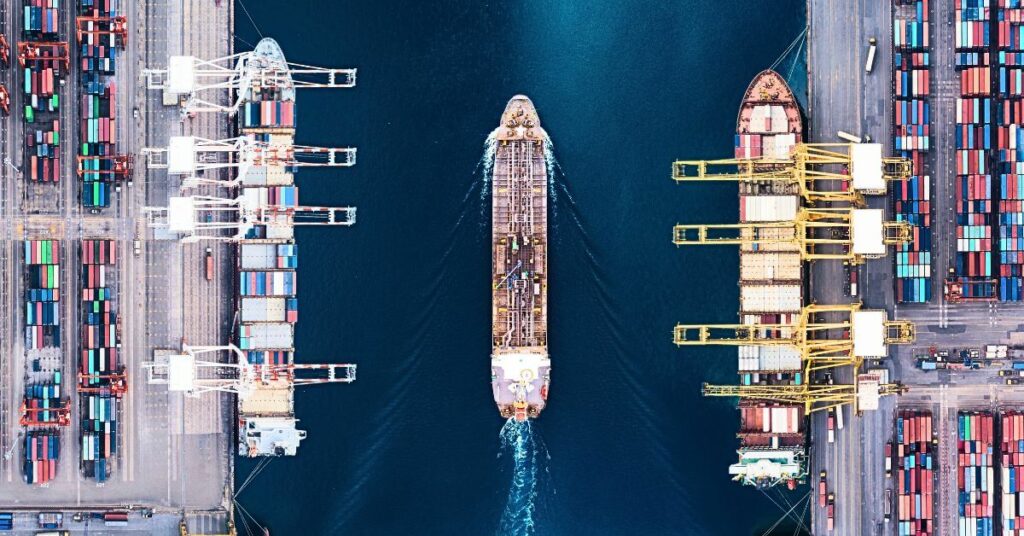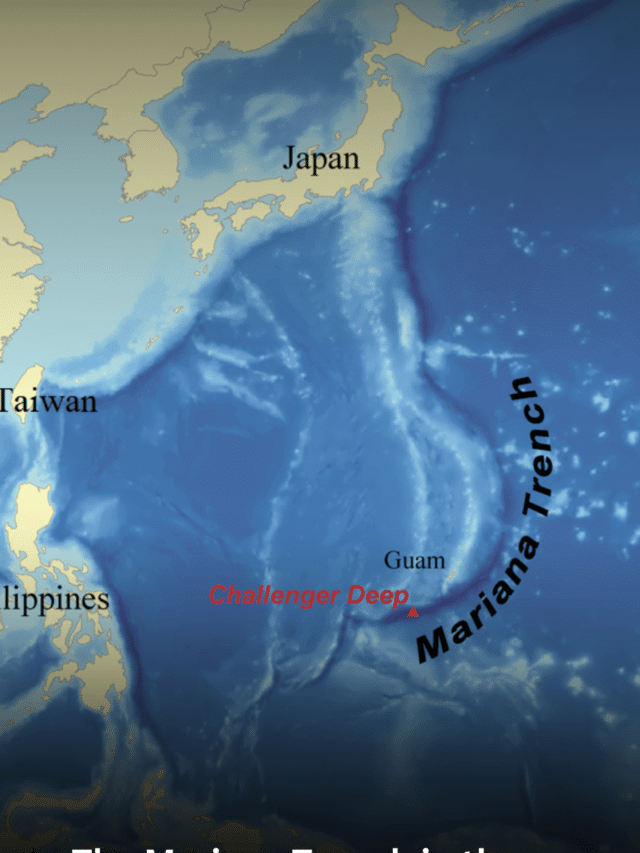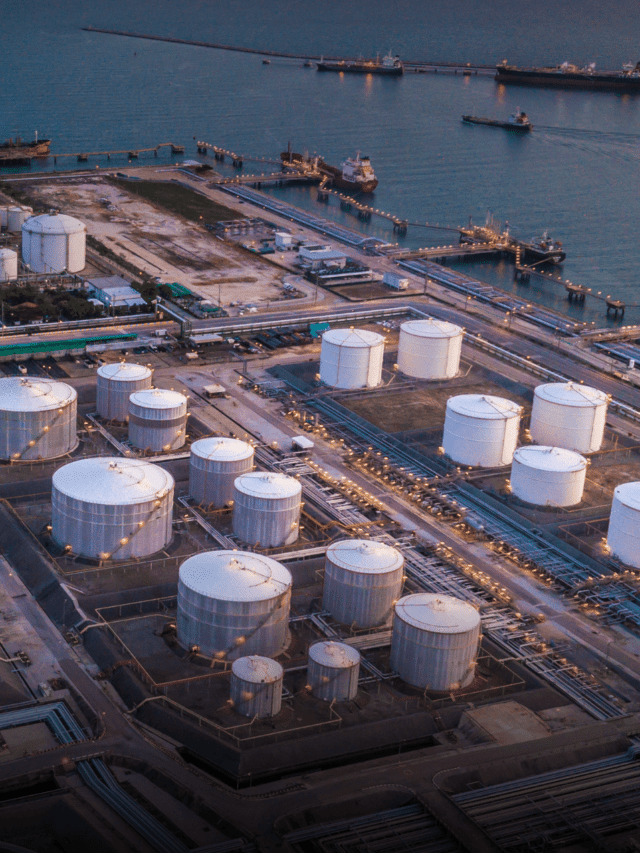UNCTAD Highlights Seven Key Trends Shaping Maritime Transport
UNCTAD’s Review of Maritime Transport 2018 identifies seven key trends that are currently redefining the maritime transport landscape and shaping the sector’s outlook. These trends, presented in no particular order, entail challenges and opportunities which require continued monitoring and assessment for effective and sound policymaking.
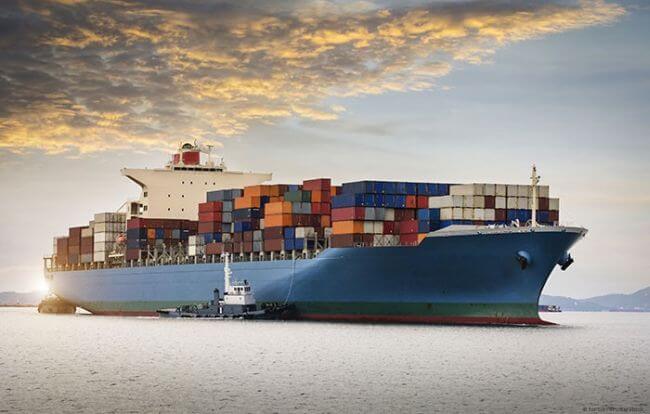
1) Protectionism
On the demand side, the uncertainty arising from wide-ranging geopolitical, economic, and trade policy risks as well as some structural shifts, constitutes a drag on maritime trade. An immediate concern are the inward-looking policies and rising protectionist sentiment that could undermine global economic growth, restrict flows and shift trade patterns.
2) Digitalization, e-commerce and the implementation of the Belt and Road Initiative
The unfolding effects of technological advances and China’s ambitious reordering of global trade infrastructure will entail important implications for shipping and maritime trade. The Belt and Road Initiative and growing e-commerce have the potential to boost seaborne trade volumes, while the digitalization of maritime transport will help the industry respond to the increased demand with enhanced efficiency.
3) Excessive new capacity
From the supply-side perspective, overly optimistic carriers competing for market share may order excessive new capacity, leading to worsened shipping market conditions. This, in turn, will upset the supply and demand balance and have repercussions on freight-rate levels and volatility, transport costs, as well as earnings.
4) Consolidation
Liner shipping consolidation through mergers and alliances has been on the rise over recent years in response to lower demand levels and oversupplied shipping capacity dominated by mega container vessels. The way this affects competition, and the potential for market power abuse by large shipping lines as well as the related impact on smaller players, remains a concern.
5) The relationship between ports and container shipping lines
Alliance restructuring, and larger vessel deployment is also redefining the relationship between ports and container shipping lines. Competition authorities and maritime transport regulators should also analyze the impact of market concentration and alliance deployment on the relationship between ports and carriers. Areas of interest span the selection of ports-of-call, the configuration of liner shipping networks, the distribution of costs and benefits between container shipping and ports, and approaches to container terminal concessions.
6) Scale
The value of shipping can no longer be determined by scale alone. The ability of the sector to leverage relevant technological advances is as increasingly important.
7) Climate change
Efforts to curb the carbon footprint and improve the environmental performance of international shipping remain high on the international agenda. The initial strategy adopted in April 2018 by the International Maritime Organization to reduce annual greenhouse gas emissions from ships by at least 50% by 2050, compared to 2008, is a particularly important development. On the issue of air pollution, the global limit of 0.5% on sulphur in fuel oil will come into effect on 1 January 2020. To ensure consistent implementation of the global cap on sulphur, it will be important for ship owners and operators to continue to consider and adopt various strategies, including installing scrubbers and switching to liquefied natural gas and other low-sulphur fuels.
Reference: unctad.org
Disclaimer :
The information contained in this website is for general information purposes only. While we endeavour to keep the information up to date and correct, we make no representations or warranties of any kind, express or implied, about the completeness, accuracy, reliability, suitability or availability with respect to the website or the information, products, services, or related graphics contained on the website for any purpose. Any reliance you place on such information is therefore strictly at your own risk.
In no event will we be liable for any loss or damage including without limitation, indirect or consequential loss or damage, or any loss or damage whatsoever arising from loss of data or profits arising out of, or in connection with, the use of this website.
Disclaimer :
The information contained in this website is for general information purposes only. While we endeavour to keep the information up to date and correct, we make no representations or warranties of any kind, express or implied, about the completeness, accuracy, reliability, suitability or availability with respect to the website or the information, products, services, or related graphics contained on the website for any purpose. Any reliance you place on such information is therefore strictly at your own risk.
About Author
Marine Insight News Network is a premier source for up-to-date, comprehensive, and insightful coverage of the maritime industry. Dedicated to offering the latest news, trends, and analyses in shipping, marine technology, regulations, and global maritime affairs, Marine Insight News Network prides itself on delivering accurate, engaging, and relevant information.

About Author
Marine Insight News Network is a premier source for up-to-date, comprehensive, and insightful coverage of the maritime industry. Dedicated to offering the latest news, trends, and analyses in shipping, marine technology, regulations, and global maritime affairs, Marine Insight News Network prides itself on delivering accurate, engaging, and relevant information.
Do you have info to share with us ? Suggest a correction
- Methanol-Fueled MAN 21/31DF-M GenSets Secure First Propulsion Order For Chemical Bunker Tanker
- The First U.S.-built Wind Turbine Installation Vessel, The Charybdis, Launched
- Belgium Postpones Frigate Deployment To Red Sea After It Failed Several Tests During Training
- Egypt Detains Gas Carrier Grounded In Environmentally Sensitive Region In Gulf Of Aqaba
- Kalypso & Partners To Construct A Cable Lay Vessel, 1st Purpose Built For US Offshore Wind Market
- Singapore Retains Top Spot As World’s Leading Maritime City Per DNV & LMC Report
Latest Shipping News Articles You Would Like:
Subscribe To Our Newsletters
By subscribing, you agree to our Privacy Policy and may receive occasional deal communications; you can unsubscribe anytime.
Web Stories








